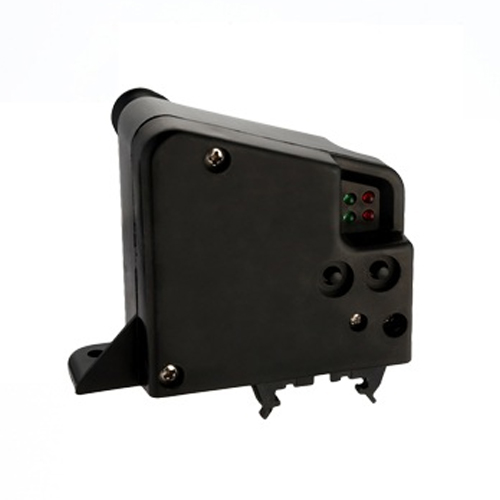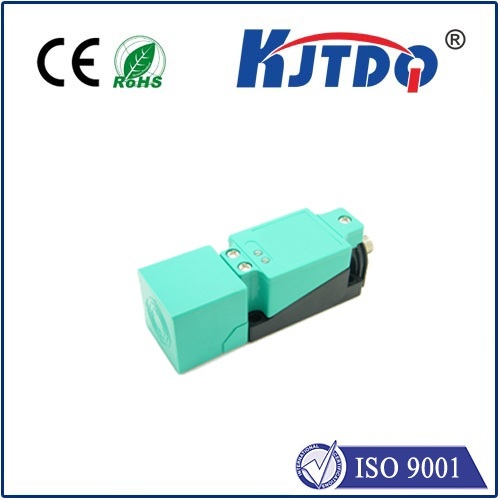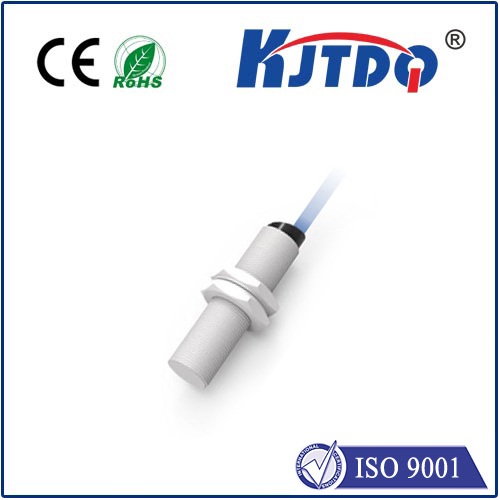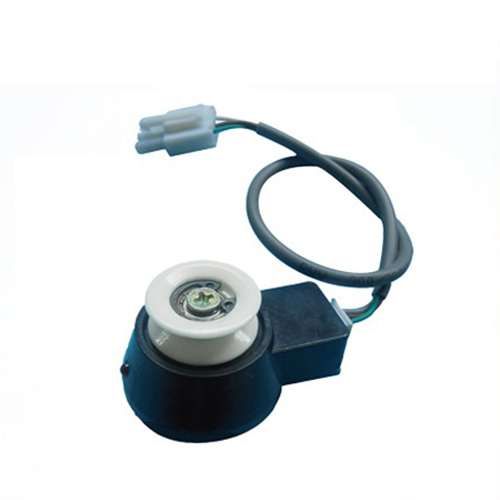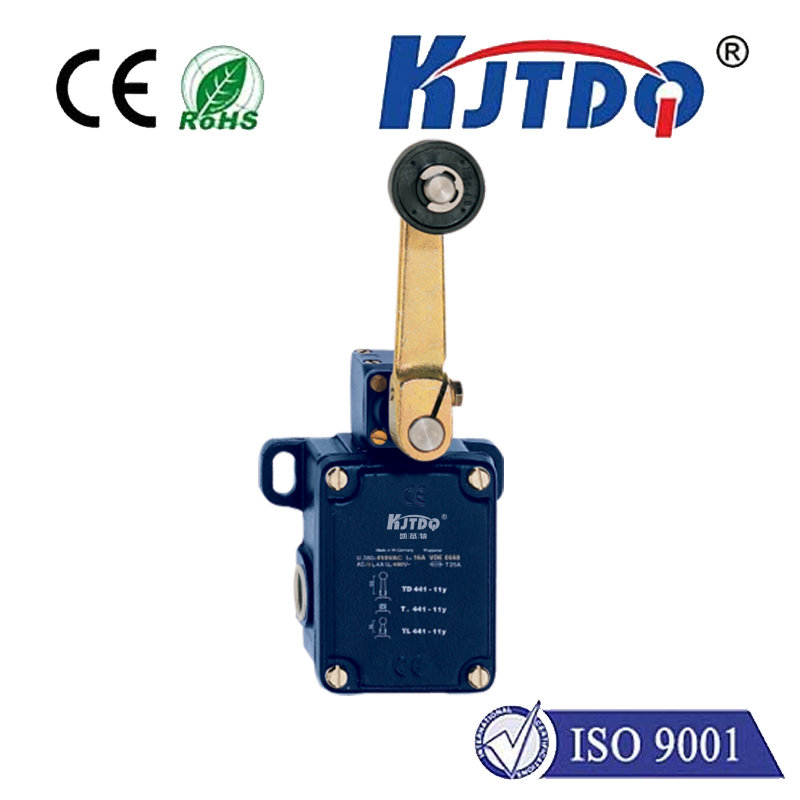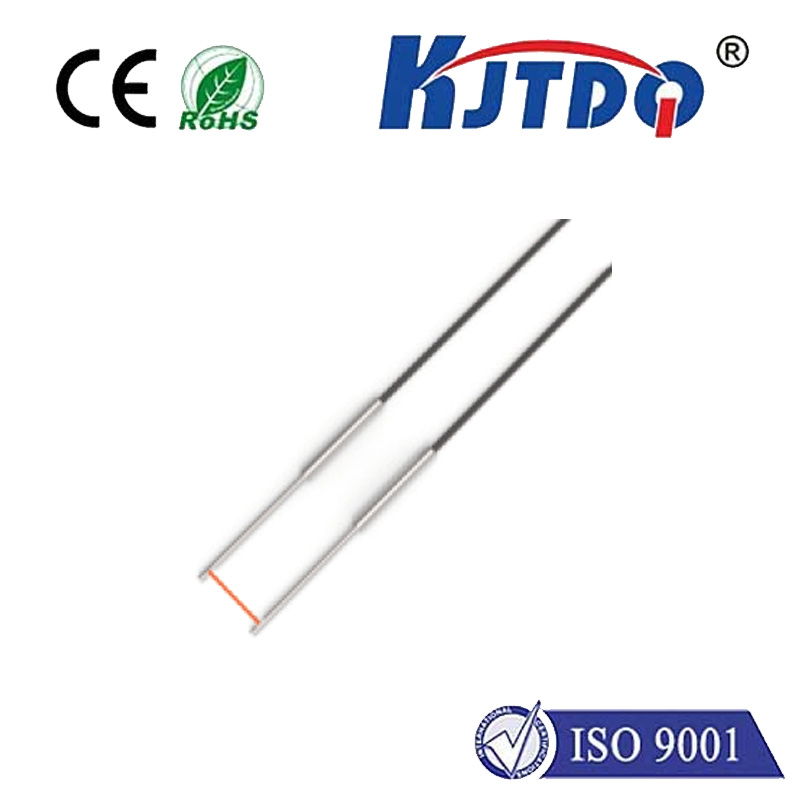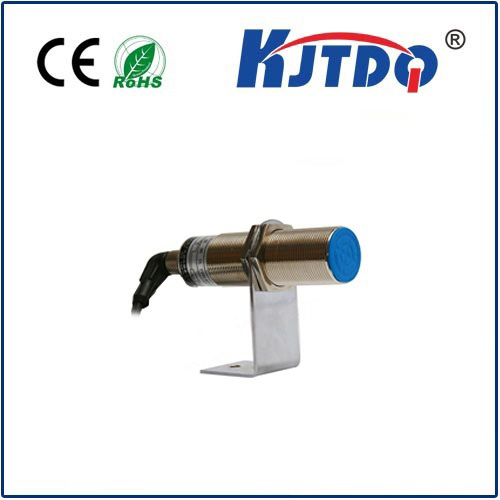

check

check

check

check

check

check

check

check

check

check
Title: The Versatile Role of FAP Limit Switches in Modern Cancer Treatment
The field of oncology is rapidly evolving, with researchers constantly searching for new targets to combat cancer's intricate mechanisms. Among the emerging targets is the Fibroblast Activation Protein (FAP), a serine protease that has garnered significant attention due to its overexpression in cancer-associated fibroblasts (CAF) of various tumor types. Unlike its limited expression in healthy adult tissues, FAP's presence in these CAFs presents a novel avenue for focused cancer therapy.

Understanding the FAP limit switch's function begins with decoding its structure and enzymatic properties. FAP consists of two n-glycosylated subunits, forming a homodimer with a large c-terminal extracellular domain. This structural configuration allows FAP to serve as a post-proline cleaving endopeptidase, an activity that specifically distinguishes it from other enzymes. This specificity is crucial, as it provides precise cleavage sites for targeted therapeutic interventions.
One of the most direct applications of understanding FAP's activity is seen in anti-cancer drug development. Researchers are now able to design drugs attached to targeting peptides that bind to FAP, leveraging its proteinase activity for localized release in tumor microenvironments. Such precision in drug delivery enhances therapeutic efficacy while minimizing side effects on healthy tissues, marking a significant advancement in the customization of cancer treatment regimes.
Beyond drug design, the exploration of FAP's role extends to immunotherapy, including the development of FAP-targeted vaccines. These vaccines are engineered to trigger an immune response specifically against FAP-expressing cells, empowering the body's immune system to recognize and eliminate cancerous growths more effectively. This approach not only attacks existing tumors but also fosters long-term immunity, potentially preventing recurrence.
The advent of CAR-T cell therapy has also been enriched by insights into FAP. By programming patient T-cells to recognize FAP markers, researchers have created specialized immune cells that can seek out and destroy CAFs within the tumor structure, thereby starving the cancer of its supportive infrastructure. This strategy represents an aggressive offensive against cancer, using the body's own defenses in a guided manner.
In conclusion, the study and application of FAP limit switches offer new horizons in cancer treatment, translating molecular understanding into tangible therapeutic benefits. As research continues to unfold the complexity of FAP's role in cancer progression and immune modulation, the potential to refine and redefine cancer care continues to grow. With continued innovation, the future of oncology looks toward more personalized, targeted, and effective treatments, placing FAP at the forefront of this transformation.
